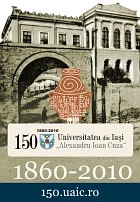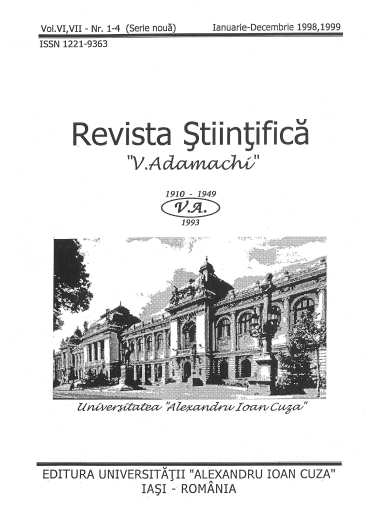| Abstract: During the years spent in school, students acquire knowledge about the structure of the substance in the study of several disciplines. Understanding its structure, however, is quite delicate. It requires teaching and assessment techniques to attract students, to motivate, because ultimately increase effectiveness of learning. The most used method of learning the structure of the substance is modeling. The model is designed to substitute, or represent the original system, in our case the atom. In physics, especially in class-XII are studied several atomic models: Thomson's model, Rutherford's model, Bohr's model. Experts believe it is useful to use multiple models simultaneously, recognizing the strengths and limitations in each case. But they have a problem, namely: "learning the Bohr's model is an obstacle to learning Schrődinger's model?" Ideal study to answer this question is to compare the perceptions of students in two cases in which one is teaching the Bohr's model and the other is avoided. Studies radically distinct contexts in which researchers have introduced a curriculum using contrasting models, including the Bohr's model, in the U.S., Germany and Greece, led to obtain similar results. Most students, asked to describe the atom, the quantum model used. Studies leading to the conclusion that teaching the Bohr's model is not an obstacle in studying the Schrodinger's model. |



